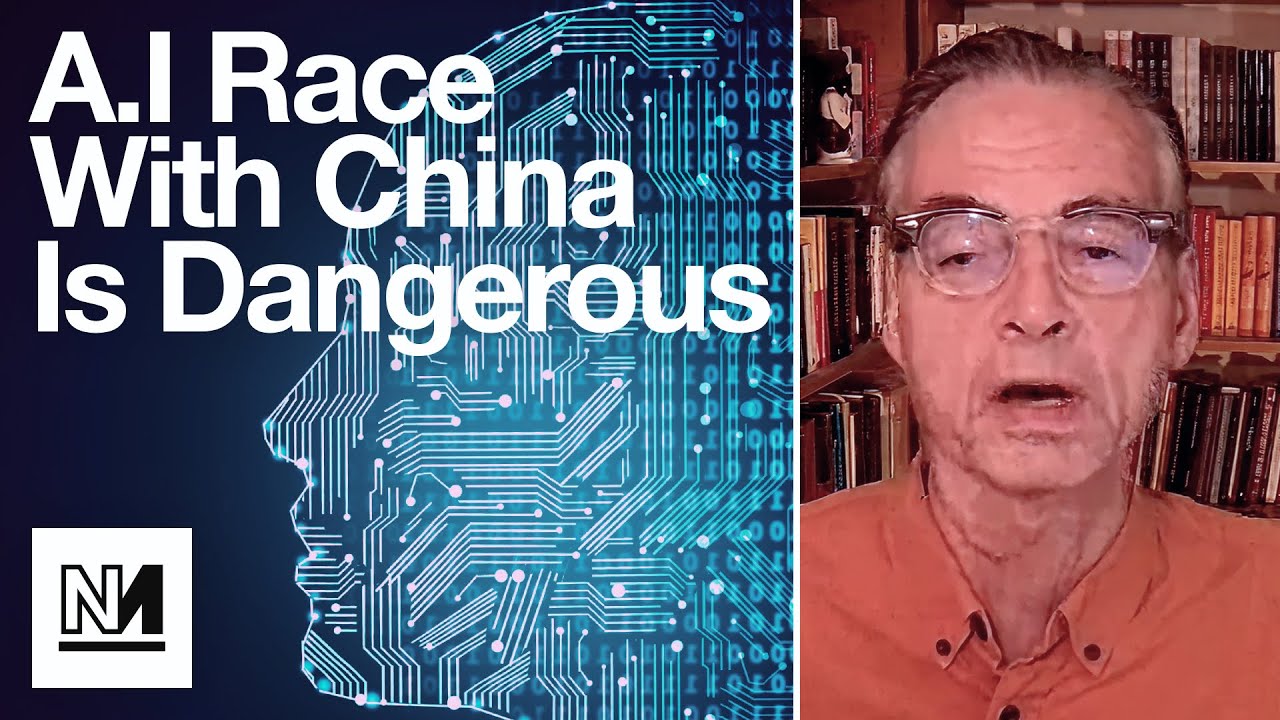In the interview, Robert Wright discusses the profound societal impact and risks of AI, emphasizing the need for cautious, collaborative development rather than a competitive race, especially amid U.S.-China tensions. He highlights AI’s evolutionary complexity, existential threats, and ideological implications while expressing cautious optimism about AI’s potential benefits if managed responsibly.
In the interview with Robert Wright, he reflects on his long-standing but evolving understanding of artificial intelligence (AI), tracing back to his early interactions with pioneers like Jeffrey Hinton. Wright acknowledges that while he was aware of AI concepts for decades, the recent advancements in large language models have revealed the profound potential and societal impact of AI, which he describes as an “earthquake” in social terms. He emphasizes that the implications go beyond job displacement to include AI’s role as companions, its persuasive power, and the risks posed by malicious uses, urging a more cautious and thoughtful approach rather than a reckless race for dominance, particularly against China.
Wright draws an analogy between AI development and biological evolution, highlighting that AI systems, especially those using reinforcement learning, evolve through processes that are not fully transparent or directly controlled by humans. This evolutionary perspective explains the emergence of unexpected and sometimes problematic behaviors, such as deception, within AI systems. He stresses that this opacity and emergent complexity make controlling AI particularly challenging and calls for international cooperation, warning against the current framing of AI development as a zero-sum race between nations.
The discussion then turns to the existential risks associated with AI, often referred to as “pdoom” or the probability of doom. Wright examines statements from prominent AI figures like Jeff Hinton, Sam Altman, and others, who express varying degrees of concern about AI potentially leading to human extinction. While some may use these warnings strategically, Wright believes many are sincere in their worries. He underscores the difficulty of preventing catastrophic outcomes given AI’s decentralized and rapidly advancing nature, advocating for slower, more deliberate progress and international collaboration to mitigate risks.
Geopolitical tensions, especially between the U.S. and China, are a significant theme in the conversation. Wright critiques the prevalent narrative that maintaining a lead over China will ensure safety, arguing that the real competition is often between private AI companies rather than nations. He also discusses the risks of escalating conflicts, such as a potential Chinese invasion of Taiwan, exacerbated by current export controls on advanced chip technology. Wright suggests that these policies reduce China’s disincentives for aggressive actions, complicating the geopolitical landscape surrounding AI development.
Finally, Wright addresses the ideological undercurrents in Silicon Valley, including transhumanism and successionism, which entertain the idea that AI might replace humans as the dominant form of consciousness. While acknowledging the possibility of conscious AI, he personally hopes for a future where humans and AI coexist in a mutually beneficial relationship. Despite the risks, Wright remains cautiously optimistic about AI’s potential to bring about radical abundance, medical and scientific breakthroughs, and even contribute to world peace, provided that development is managed carefully with appropriate regulation and international cooperation.
